I wrote this piece on headspace for Shooting Sports Retailer magazine but whether you sell guns to earn a living or not, the information about headspace is handy…
Rifle headspace is one of those topics that, in reality, is not nearly as mysterious as it seems. When customers buy a used firearm, especially a military surplus model, everyone’s advice is to check the headspace. If you’re not a gunsmith or avid reloader, the importance of headspace can seem like a daunting topic.
The concept of headspace and its ramifications is pretty simple. If we discuss what it implies and what it actually means separately, I think it’s a lot easier to digest.
While not the technical definition, you can think of headspace as the free space between the breech face and the cartridge base once it’s loaded in the chamber and the bolt or slide is closed. A cartridge can’t exactly match the length from the bolt face to the limiting forward portion of the chamber because there would be no wiggle room to allow for loading, unloading, or a bit of fouling. Also, cartridge cases expand in two dimensions when fired. The circumference increases and the case temporarily presses against the chamber walls. The case also stretches just a hair lengthwise. So, there always has to be a little bit of play between the breech face and the cartridge base. That’s the dimension that headspace impacts.

Rifle headspace supposedly is a mysterious thing few people can figure out. That’s a myth, though.
Now let’s talk about what headspace technically is and how it’s measured. To do that, we first need to understand that different cartridge designs fit into chambers in different ways. When I say fit I’m talking about the locked and loaded positioning. Something has to hold the cartridge in place before it’s fired to keep it in exactly the right position. Without that, the firing pin might simply push the cartridge forward without making a big enough dent in the primer to cause ignition. Or worse, the cartridge might just flop around and stay out of reach of the firing pin altogether.
There are three and a half approaches to locking a cartridge in the proper place in the chamber. To define each type, we’re going to use headspace as a verb and refer to how a cartridge “headspaces.” In other words, different cartridge and chamber designs use different brass case and chamber features to lock the cartridge in place, leaving just the right amount of space between the cartridge base and breech face.
Before we get into the different headspace measurement types, let’s clarify some supporting terminology. The breech face is the flat part of the bolt, slide or frame of a gun where the firing pin hole is located. With most common semi-automatic pistols, the breech face is part of the slide. For most rifles, it’s the bolt face. For revolvers, the breech face is part of the frame behind the cylinder.
Let’s take a quick look at each.
Read the Rest: What Is Rifle Headspace and Why Is It Important?



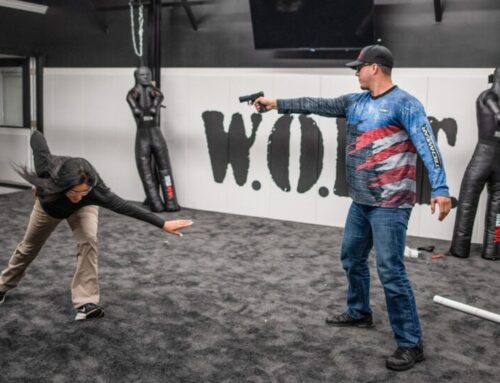
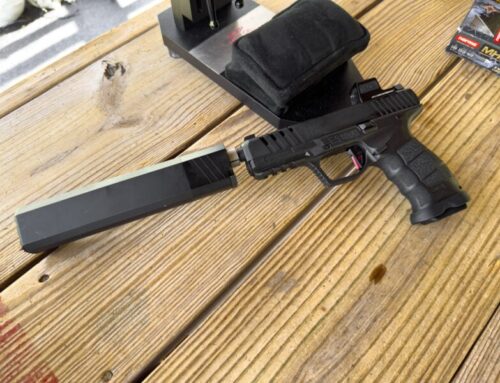
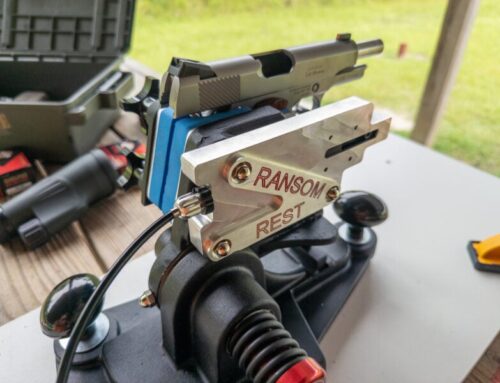
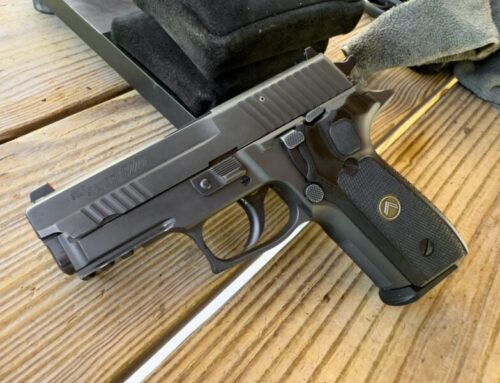
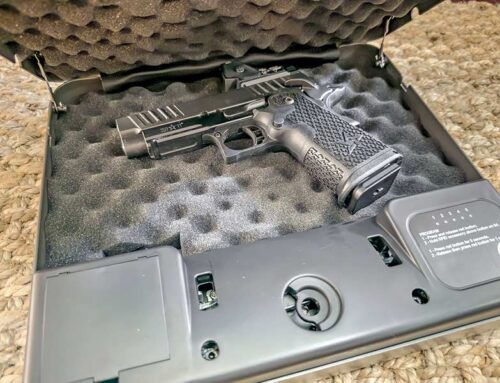
Leave A Comment